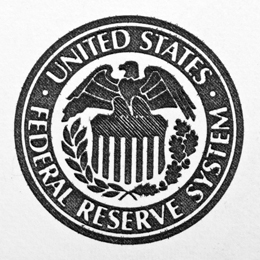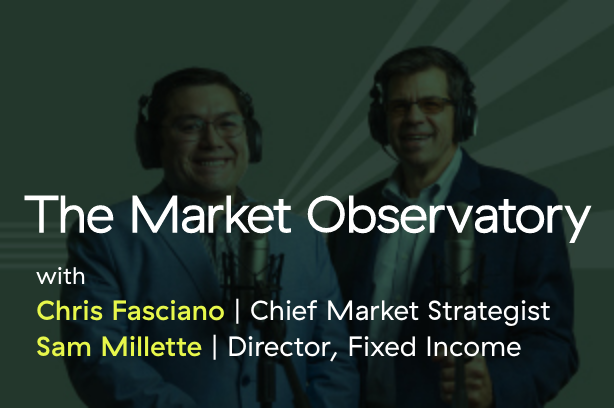Recently, I’ve been working on the 2016 outlook, reviewing all of the usual data that we highlight monthly, as well as developing a series of other projections on wages, income, spending, corporate profits, and so forth. Although the consumer remains healthy, one of the things that has caught my eye has been a surprising deterioration in a number of business-related components of the economy, and it has me thinking about what this could mean in terms of an economic slowdown.














